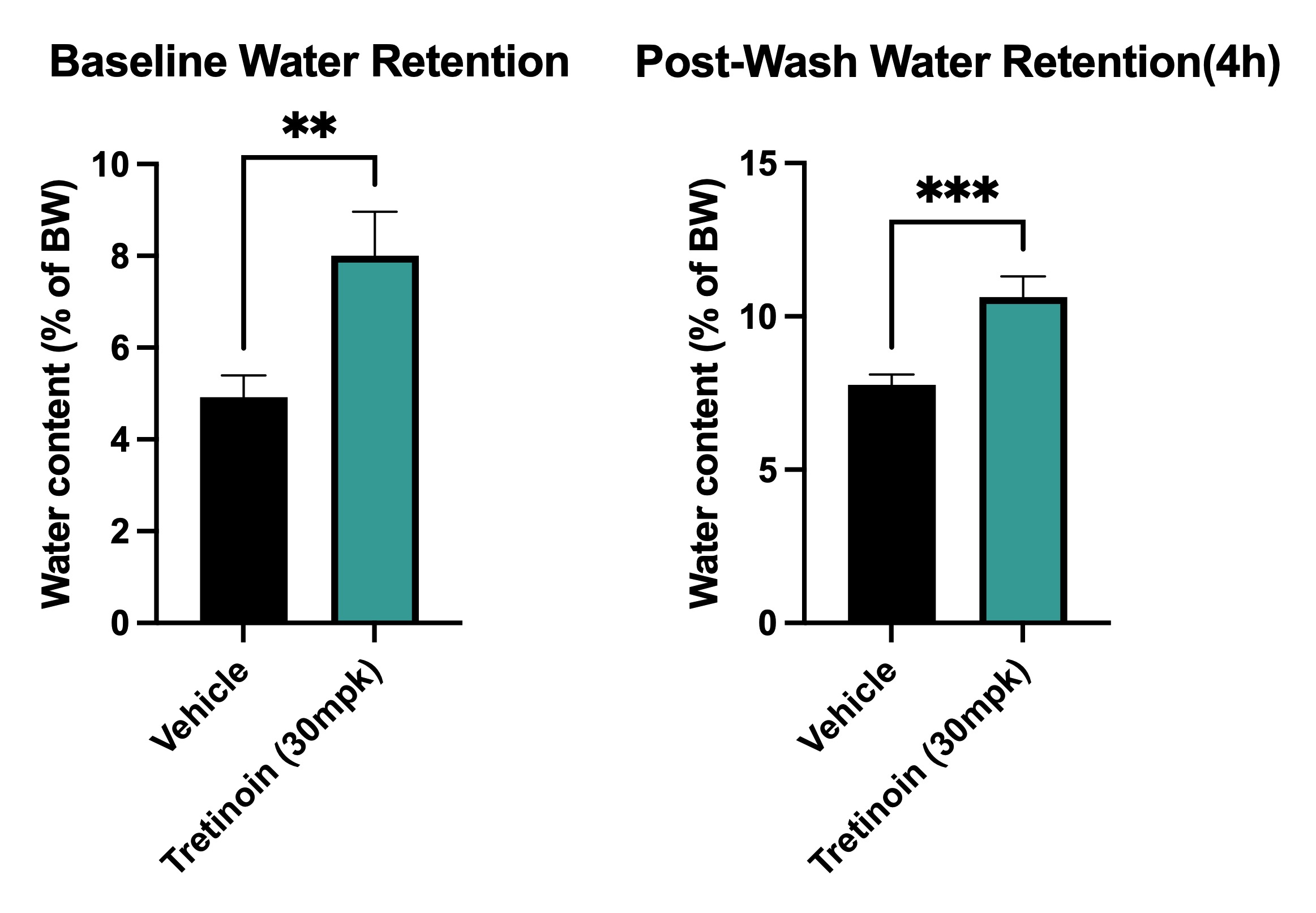Sebum Production (Acne) Model
Discover how Melior’s unique phenotypic screening platforms can uncover the untapped value of your candidate therapeutic
Acne is a skin condition affecting over 30 million individuals in the US. It is most commonly associated with adolescence but can persist into the adult ages of twenties and thirties. The social stigma attached to this condition can lead to reduced self-esteem and in extreme cases depression and suicidal tendencies.
The etiology of acne involves the production of skin oil (sebum) and bacterial infection of oil glands (sebaceous glands). A range of treatments are used to treat this condition ranging from modified diets, usually for mild conditions, to antimicrobial medications, to pharmacologic intervention for the reduction of sebum. The most effective therapeutic, for difficult to treat cases, involves administration of isotretinoin (Accutane®) a retinoid compound and a well-established teratogen. Accordingly, acne represents a condition in which one of the leading and most effective therapeutics being administered to young women of child-bearing potential, carries the risk to cause birth defects if not administered with great caution to avoid pregnancy. Therefore, there exists a great medical need for safer alternatives.
Melior has a sebum production mouse model that has been validated using tretinoin, a retinoid used clinically to treat acne. The model is therefore ideally suited for identifying alternative classes of compounds, that can reduce sebum production and thereby provide safer alternatives acne therapeutics.
The model is predicated on the principle that sebum-coated hair sheds more water than hair which has relatively less sebum coating. The amount of water retention can be measured by comparing wet and dry weights of animals, and the amount of sebum can in turn be assessed by comparing water retention before and after washing all sebum off using a soap solution.
The study outlined below illustrates this principle and shows a dose-dependent effect with tretinoin (a retinoid)
Ready to get started or looking for a custom model?
Contact us today for more information about our bespoke research models and to discuss how we can help you answer your unique research questions.

The sebum production model can be performed in either mice or rats. Since it is non-invasive it is suitable for longitudinal analysis and combining with other types of measurements such as metabolic parameters or behavioral measurements.



 Interested in starting a Sebum Production study?
Interested in starting a Sebum Production study?